Are you in the market for a replacement tire, and do you want to know what the 112T on your old tire means? You’ve come to the right place, for we have researched this question, and we have the answer for you.
The “112” on the marking is the maximum load index. This marking means the maximum load the tire should carry is 2,469 pounds. The letter “T” on the “112T” marking on a tire means the maximum speed that your vehicle should go while using that tire is 118 mph.
Let’s talk more about tire codes and markings in the succeeding sections. Learn more about the two codes above so that you will be able to get the type of tire that will keep your vehicle safe to use.
Read on!
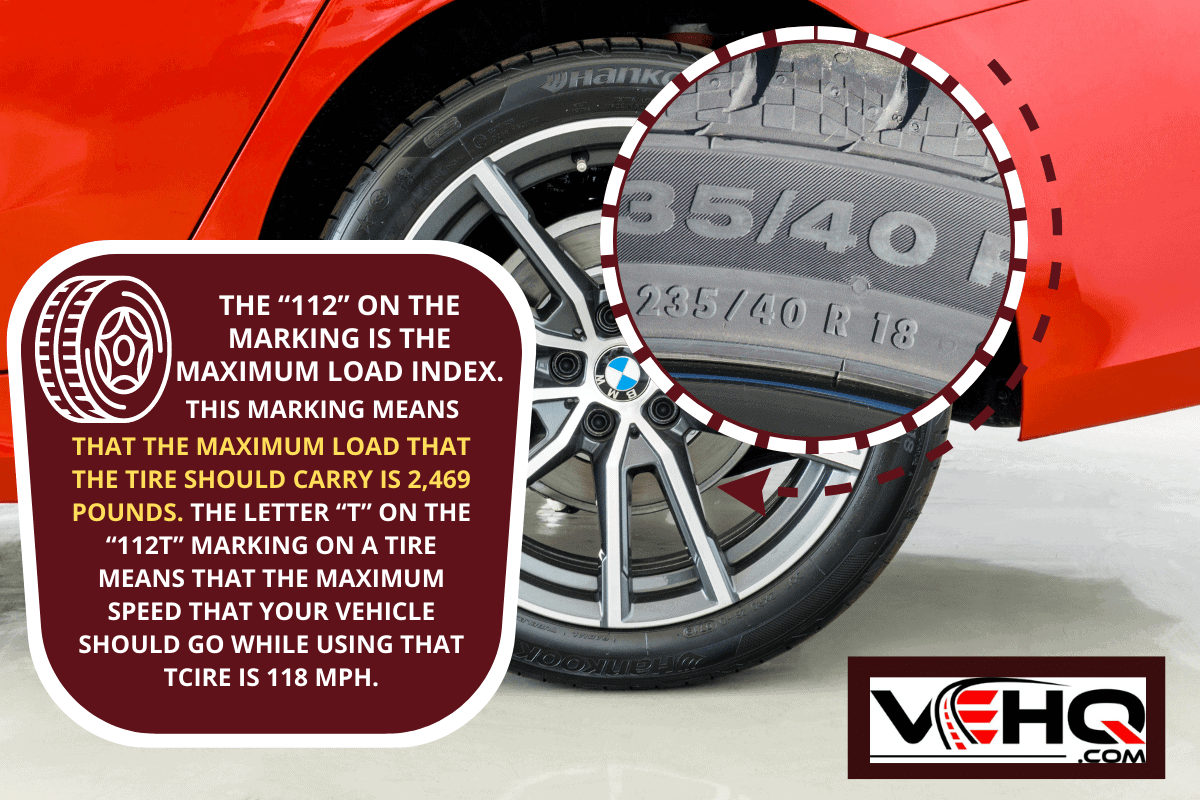
What is the tire load index?
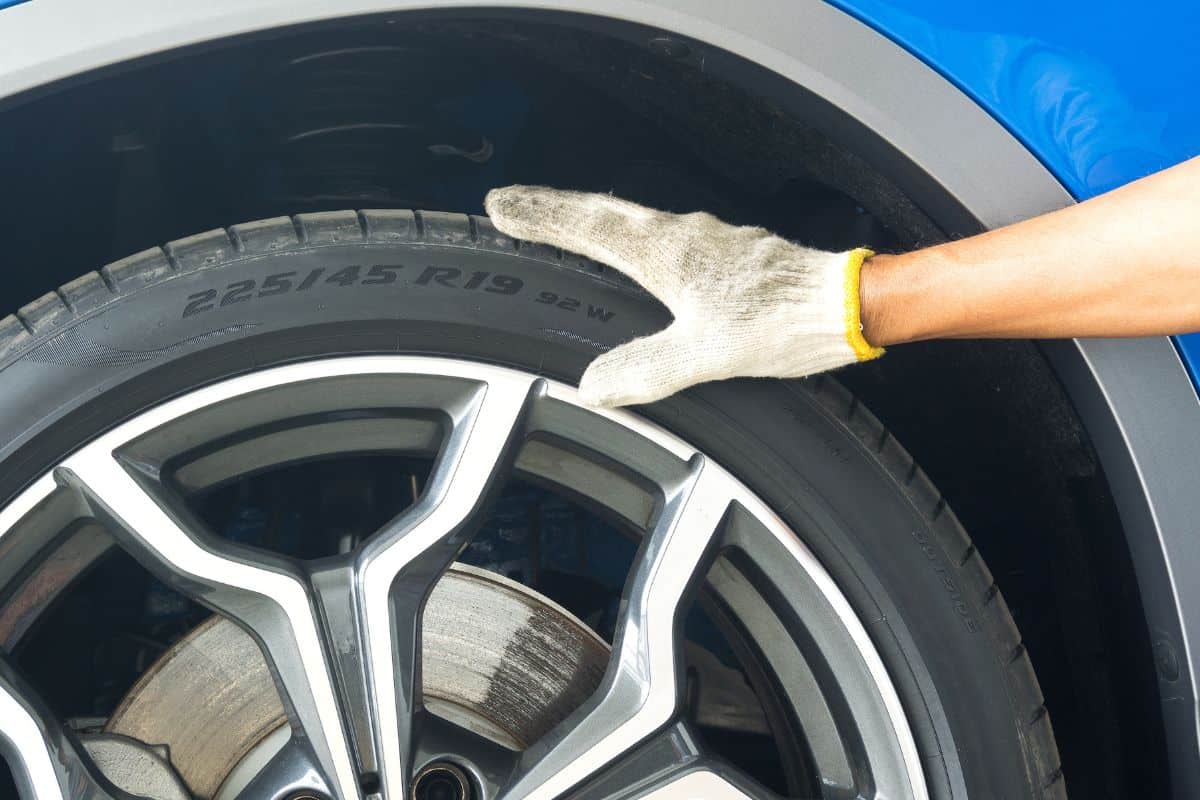
Every component of a modern vehicle underwent detailed planning. This includes measurements of every component to determine how they would behave under specific loads. These computations are necessary for knowing your vehicle’s capabilities.
Among the numerous computations in your vehicle is its load capacity.
When we hear about the load capacity of our vehicle, it seems like a simple matter. What we fail to appreciate is the multiple components—great and small—that need to work in sync so that a vehicle can carry the weight that it needs to carry.
One of these components is the tire.
The factory-installed tires can carry up to the maximum weight of your car plus cargo. Thus, if you install a set of tires with a load capacity that is lower than the load capacity of the stock tires, then it can burst when you have to carry heavy cargo.
Upgrading Tires
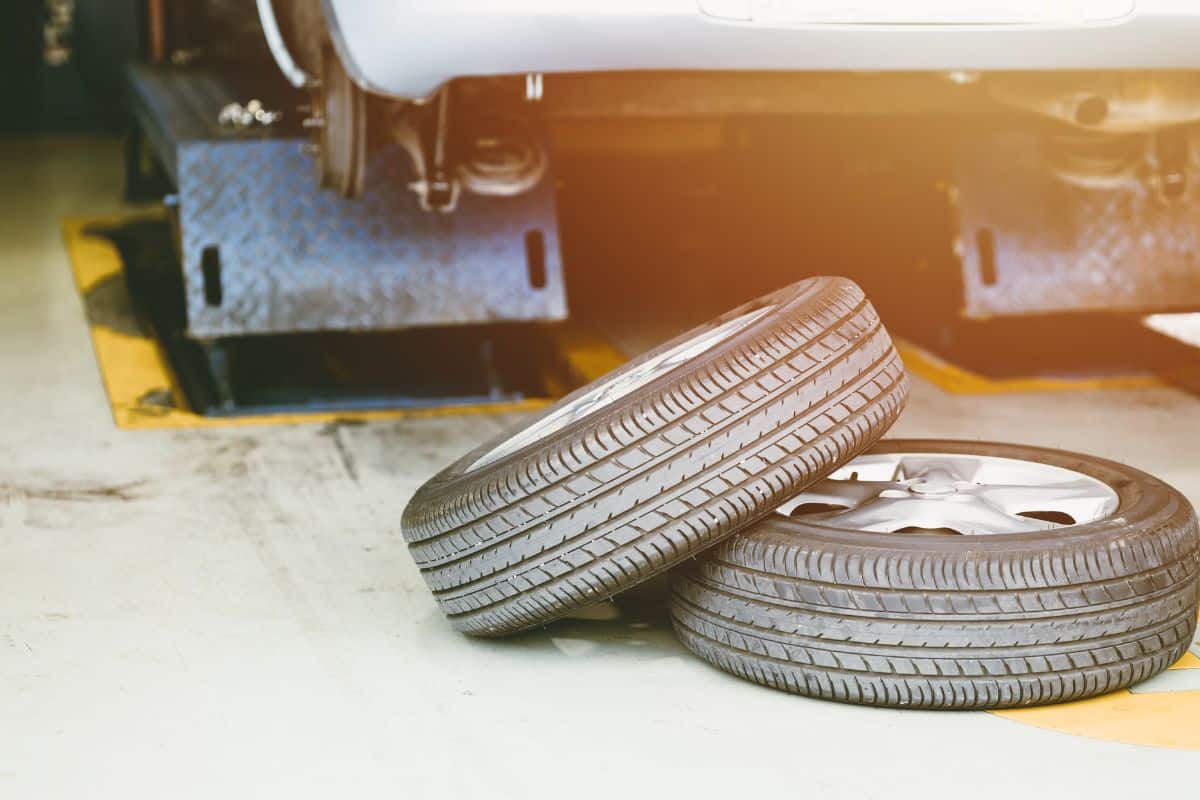
When you plan to upgrade your tires, always look for tires with a load rating that equals or exceeds the the previous tires load rating. Alternatively, you can take the GVWR (Gross Vehicle Weight Rating) and divide it by four to get the minimum load rating that your new tires should have.
The GVWR is the safe total weight that your vehicle can support. This is the sum of the vehicle weight or the curb weight, the weight of the passengers, the weight of accessories, fuel, fluids, and cargo.
Always choose a tire that equals or exceeds a quarter of the GVWR of your car to make sure that it can support your car even when it is carrying its weight limit.
Can you use tires with different load indexes?
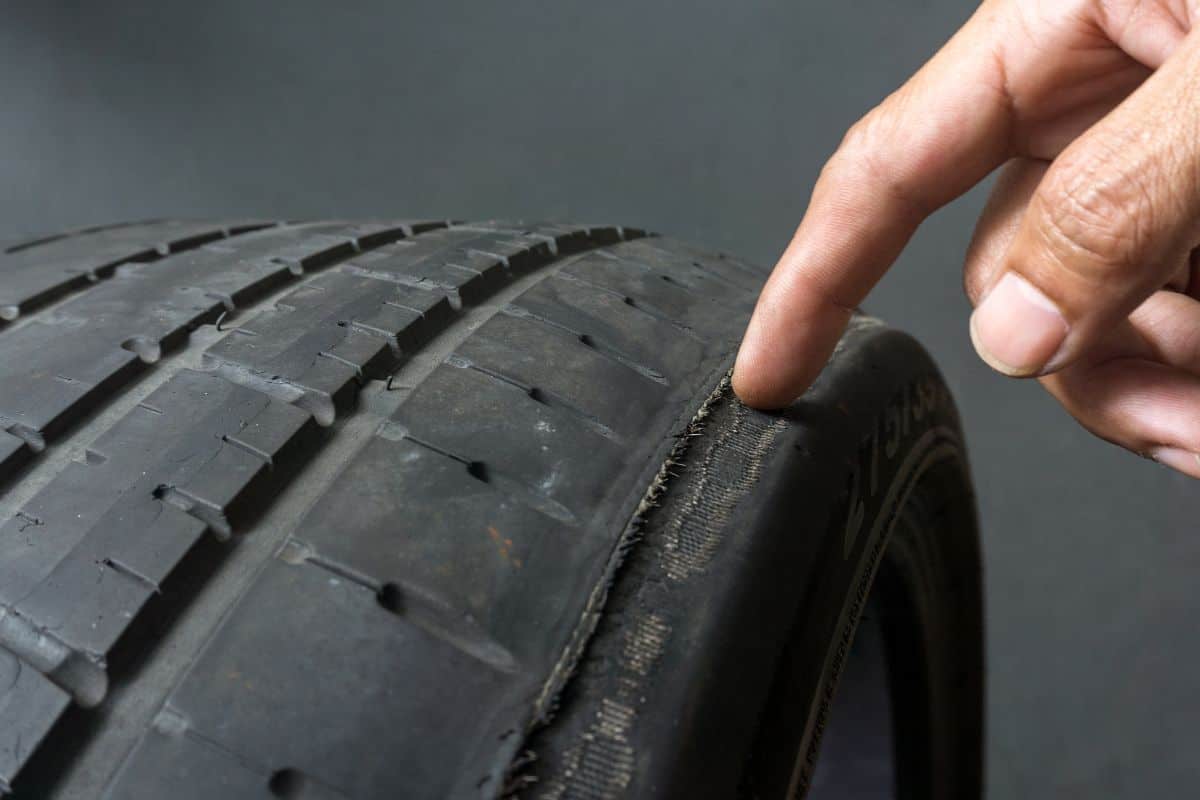
You can mix tires with different load indexes as long as the total matches or exceeds the GVWR of your car. Keep in mind that this can be confusing when you need to change tires because you have different numbers that you need to remember to keep the total within the safe threshold.
Additionally, having tires with different load indexes means that you need a spare tire that matches the highest load index. And you must keep that tire as the spare tire, swapping it out once the flat tire is back to normal.
If you don’t maintain the spare tire strictly as a spare tire, you could get into a situation where a tire with a low load index becomes the spare tire and eventually must replace the tire with a high load index. This can become a problem because the total weight capacity of the four tires can drop below the GVWR of your car.
Nonetheless, when you have tires with different load indexes, always keep the two tires with the highest load index to the rear axle. Unfortunately, this limits your options when rotating your tires.
You can get the GVWR of your car from the manual.
What is a tire’s speed rating?
Your tires generate friction with the road to keep you in control of your car. The faster your car goes, the more friction it generates with the road.
Friction heats up the tires. The more friction the tire generates with the road, the higher the temperature of your tire.
Exposure to high temperatures slowly softens the tire's structure and weakens it. Driving at high speeds can lead to overheating tires.
Tires have a speed rating that helps avoid the negative effects of speed on tires. As long as you drive within the speed rating of your tires, your tires will be relatively safe from overheating. The speed rating of your tire tells you the maximum speed that the tire can handle.
The speed rating also tells you about the speed at which the tire will be able to generate enough stability to let you control your car.
Matching Tire Speed Rating
When replacing your tires, make sure that you are replacing them with a tire that has the same or a higher speed rating. Never use a tire that has a lower speed rating than the stock tires of your car.
If you have tires with different speed ratings, the tire with the lowest speed rating should match the stock tire’s speed rating.
Upgrading Cars
Some car owners eventually upgrade their cars for more power or speed. If you decide to upgrade your car for more speed, you need to upgrade your tires to match or exceed the maximum speed of your car. This is important so that your car will still be safe to drive even at higher speeds.
How do you read tire markings?
There are several numbers and letters on the side wall of your tire. These numbers and letters provide you with a lot of information about your tire.
Here is a brief guide on what they mean.
Width Of Tire
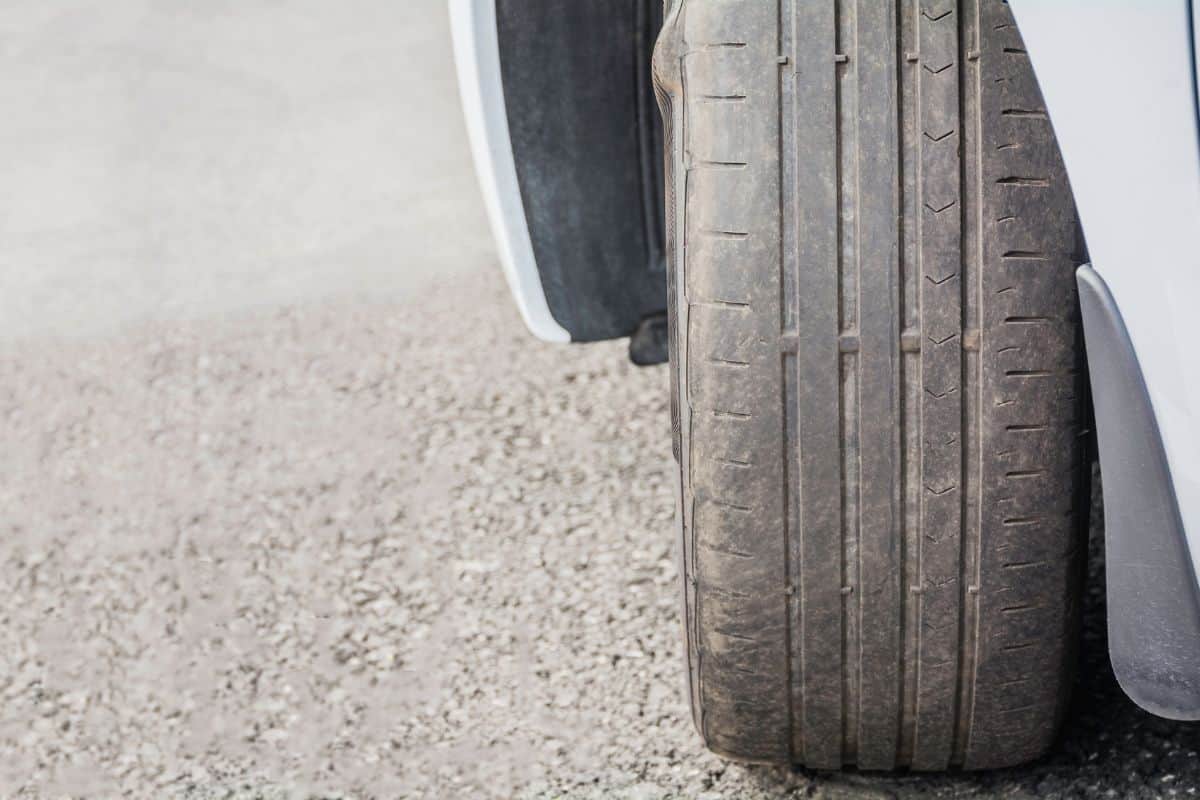
The first three numbers that you see on the side of your tire are the tire width. Tire manufacturers measure this from one sidewall to the other sidewall. The width of a tire is always given in millimeters.
Thus a 218 means that the width of the tire is 218 millimeters.
Some tires have the letter “P” before the three digits of numbers. Having this letter before the tire width means that it was manufactured to match some US tire standards. If the tire doesn’t have this letter, then the tire follows European standards instead.
Some tires have the “LT” mark before the width measurement. These letters mean that the tire is made for light trucks.
Aspect Ratio
A forward slash follows the width rating of a tire. Two digits follow the slash. These two digits represent the aspect ratio of the tire. The aspect ratio is the tire’s height. Tire height is the distance from the upper edge of the rim to the top of the tire.
However, instead of providing this measurement in inches or millimeters, the tire height is given as a percentage of the tire’s width.
Thus, a 45 after the slash means that the height is 45% of the tire width. If you have 200 millimeters for the width, then the height is 90 millimeters.
Similarly, a 30 means that the height is 30% of the width.
Construction Method
After the aspect ratio is the construction method. The letter “R” is the most common letter that you will see here. This letter means that the tire’s layers are laid radially on the tire.
Diameter
This is the measurement of the inside diameter of the tire in inches. Incidentally, this is also the outside diameter of the rim. The diameter is the size of the wheel or rim that will fit the tire.
Tire Identification Number
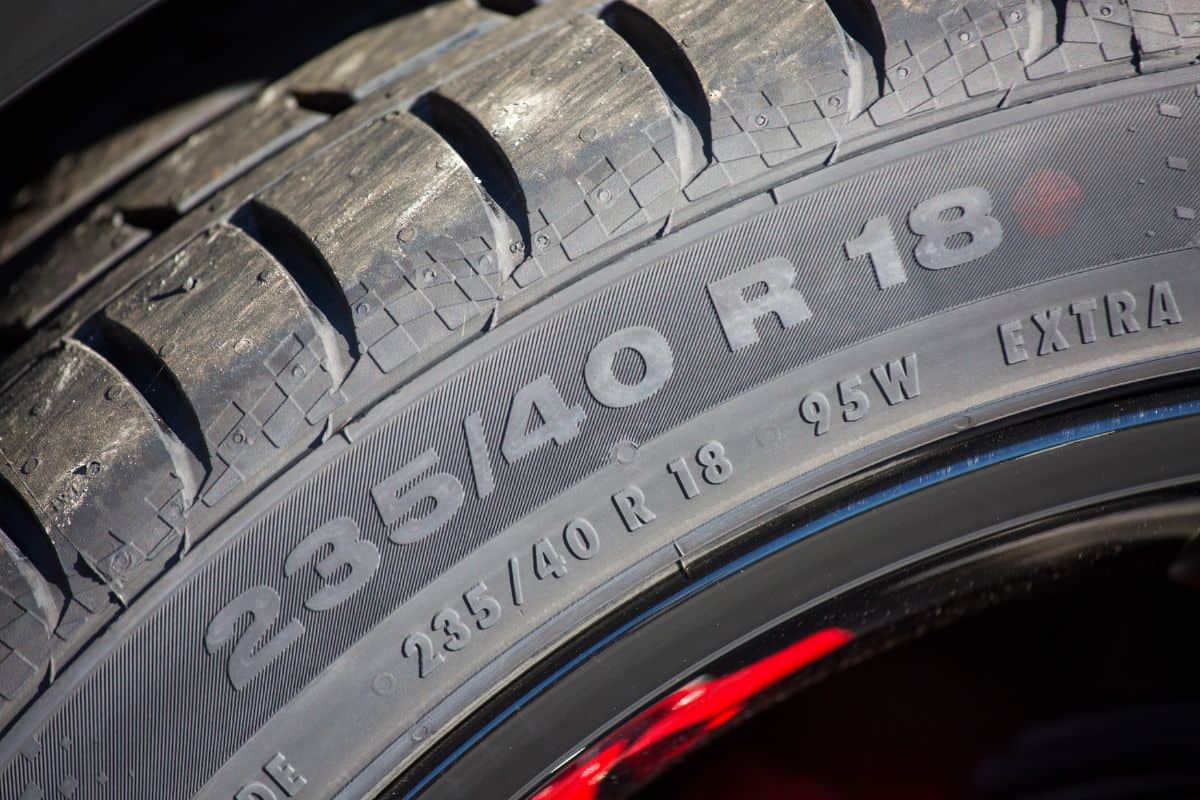
The tire identification number can be found near the inner diameter of the tire or near the wheel. You will know that you are looking at the tire identification number when you see “DOT.” These three letters mean that the tire meets Federal standards laid out by the Department of Transportation.
The next two characters (numbers, letters, or combinations) are a location code for where the tire was manufactured.
The next four digits after the location tell you the manufacture date of the tire. The first two numbers tell you which week of the year, while the next two digits are the last two digits of the year.
Thus, 1320 means that the tire was manufactured on the 13th week of 2020.
These four digits of the TIN are important because the NHTSA uses this for tire recalls.
Conclusion
There are many markings and codes on the sidewall of a tire that provides important information about how it performs and whether it should be in your car or not.
We have other articles that you might find interesting. Check them out in the links below:
